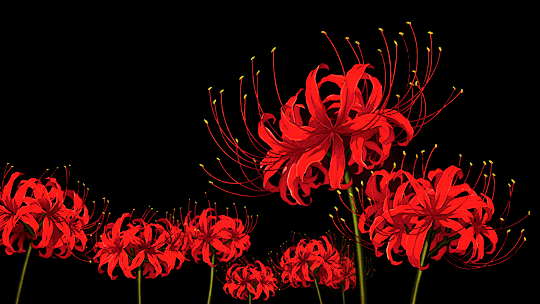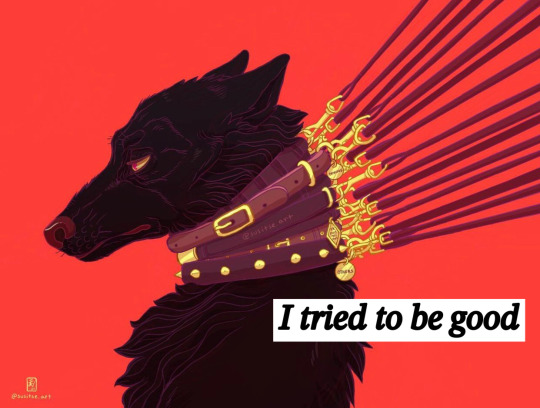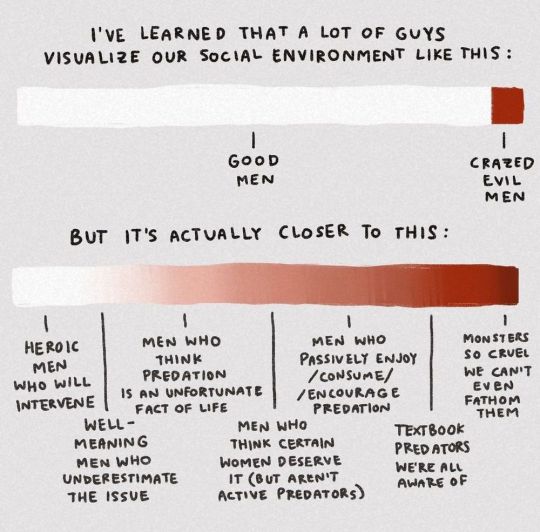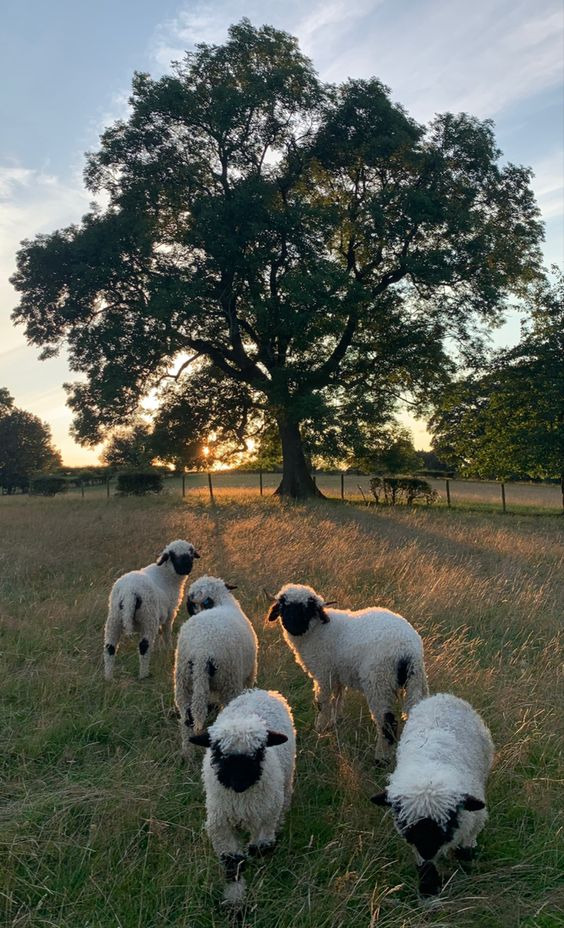Don't wanna be here? Send us removal request.
Text

/ film: on the beach at night alone (2017)
87 notes
·
View notes
Text
ok well it has been real but i am going to kill you with a hammer now
21K notes
·
View notes
Text
Incoming rant…
I think a lot of people get confused with Mars and Venus. People say that men are from Mars and women are from Venus, but I would say that men are Sun and women are Moon. Men lead with ego represented by the sun. They pride themselves with being King. Moon represents nurture and intuition. That is why women are known throughout many cultures to be a gateway to the spiritual. Why we call it a “women’s intuition” Women tend to be more into astrology. Mars and Venus, however, aren’t completely specific to any gender because both genders have Martian and Venusian energies in them. All creatures can express Mars & Venus. Both positively & negatively.
Mars represents anger, aggression, passion & sexuality. The only reason it was associated with men was because of what patriarchy taught us. Men were the only ones allowed to be sexual, passionate, aggressive, and angry. Even though women feel these same emotions as well. Venus represents love, sensuality, marriage, beauty & harmony. Women are supposed to be beautiful, sensual & non confrontational. Women are told they have to marry & have kids or they’ll “die alone & miserable.” Any men with these characteristics are seen as less masculine. In actuality, women can be sexual, dominant & express anger. Men can be sensual, nurturing, and appreciate love & beauty. Both genders have masculine and feminine energies. And it’s important to keep them balanced.
Venus is also not as soft & gentle as people think, especially like what is taught in western astrology. No hate, they have the wrong perception of Venus. Venus is far more cruel than it lets on. Venus is actually much like Mars as they were once lovers. Thought to be polar opposites but have more in common. Mars is outwardly aggressive, but internally soft. Whereas, Venus is outwardly soft but internally aggressive & cruel. Venus is the hottest planet, scorching & inhabitable. That is why all Venus Nakshatras sit in fire rashis- Sagittarius, Leo and Aries. Also, all of the Venus nakshatras, Bharani, Purva Phalguni, Purvashadha, are ugra or fierce. Representing aggression, assertiveness, cruelty. Which can be ruthless, hurting others in the process. Venus is hedonism especially in Purva Ashadha. Venus will do anything in the pursuit of pleasure and passion, even if destructive, morally corrupt & wrong. Hitler, for example, had a Bharani Venus AK. You’re Atmakraka is your soul’s desire. His soul desire was beauty and pleasure and he did anything even hurting and killing millions of people just to achieve it. Venus/Shukra in Vedic is also the teacher of Demons, but people think Venus is an innocent and submissive planet, really it can function as a malefic. If most women were Venus, the world wouldn’t be how it is now. Us women wouldn’t be in the predicament that we are in.
Men are taught that they are superior like the sun, blinding others with its light. Society teaches men that the ultimate move is to be like the Sun. That’s why men & patriarchy are so drawn to solar men. Women are taught to be like the moon hidden, nurturing, seen but not heard, accusing us of being overly emotional. That we aren’t logical. That were not fit to lead only the sun(men) should. Not to say the moon is weak It’s just calculative & secretive. Naturally, Men= Mars, Women=Venus, but society & patriarchy trains us to be Men= Sun, Women=moon. What Claire Nakti called the “ideal women” nakshatra or favorite wife of Chandra is Rohini, ruled by the moon, but sitting in a rashi ruled by Venus. But, like I said, Venus is far more cruel and ambitious for it’s goal. That is why most women killers are usually not caught. In reality. Women need to start being more like Venus.

Thanks for listening to my TedTalk
346 notes
·
View notes
Text

may the Virgo season bring you only love, abundance, healing, success and LOTS of peace 🌿🌕🍇
8 notes
·
View notes
Text
due to personal reasons im running up that hill
32K notes
·
View notes






















